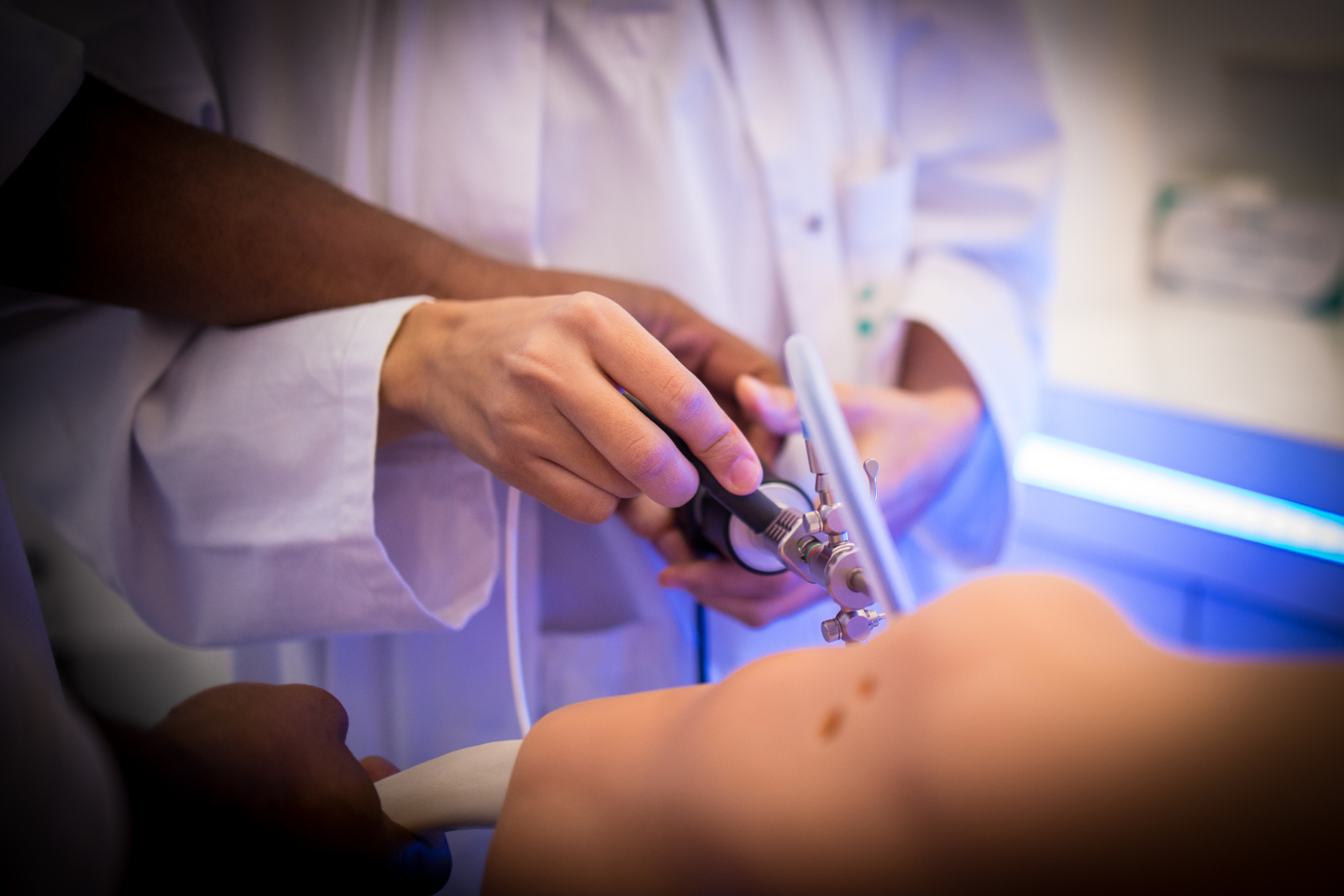
ACL surgical trends evolve in the last five years for young European surgeons: results of the survey among the U45 ESSKA members
15/07/2022
S. Cerciello 1, 2, 3 ; M. Ollivier 4 ; B. Kocaoglu 5 ; R. S. Khakha 6 ;
R. Seil 7, 8, 9
1 - A. Gemelli University Hospital Foundation IRCCS, Catholic University, Rome, Italy
2 - Marrelli Hospital, Crotone, Italy
3 - Casa Di Cura Villa Betania, Rome, Italy
4 - Institute for Locomotion, Department of Orthopedics and Traumatology, Aix Marseille University, APHM, CNRS, ISM, Sainte-Marguerite Hospital, Marseille, France
5 - Department of Orthopaedics and Traumatology, Acibadem University Faculty of Medicine, Istanbul, Turkey
6 - King’s College, London, UK
7 - Department of Orthopaedic Surgery, Centre Hospitalier de Luxembourg-Clinique, D’Eich 78 Rue d’Eich, 1460 Luxembourg, Luxembourg
8 - Sports Medicine Research Laboratory, Luxembourg Institute of Health, 76 Rue d’Eich, 1460 Luxembourg, Luxembourg
9 - Sports Medicine and Science, Luxembourg Institute of Research in Orthopaedics, 76 Rue d’Eich, 1460 Luxembourg, Luxembourg
Abstract
Purpose:
Although the outcomes of ACL reconstruction are generally satisfying, there are several patients who do not regain their pre-injury sporting level and suffer persistent symptoms. Orthopaedic practice has evolved significantly over the last five years to address these drawbacks. The aim of the present survey was to analyze the changes in the approach to ACL reconstruction among a population of young ESSKA surgeons dedicated to ACL surgery.
Methods:
The survey was uploaded on the ESSKA website and was accessible to members under the age of 45. The ESSKA society has 1035 U45 members involved in multiple aspects of Orthopaedic practice. One hundred and forty questionnaires were returned. Several aspects of ACL surgery were investigated at baseline and 5 years prior. They included general details such as the volume of ACL reconstructions per surgeon per year, the graft choice in cases of low and high demanding patients, the technique for femoral tunnel drilling and the preferred device for femoral fixation. The approach to the management of damage to peripheral structures, as well as meniscal ramp and root tears were also investigated.
Results:
Hamstrings and quadrupled semitendinosus were the preferred graft choice in low-demanding patients (92.9%) while quadriceps tendon is gaining popularity in contact sport practitioners (from 4.3 to 10.7%). The percentage of surgeons using femoral screws had decreased from 37.9 to 29.3 while the percentage of those who used buttons increased from 52.9 to 69.3%. Extra-articular procedures (antero-lateral ligament (ALL) or lateral tenodesis have become popular. The percentage of surgeons who perform an additional peripheral reconstruction rose from 28.5 to 71.5%. Of those who perform the meniscal repair more than 50% of patients rose from 14.3 to 27.9%. Similarly, the percentage of surgeons who performed a medial meniscus ramp lesion repair rose from 29.4 to 54.7%. While the percentage of those who choose to perform a transtibial pull-out repair of lateral meniscus root tears significantly rose from 17.9 to 59.3%.
Conclusions:
The present survey among under 45 years old ESSKA surgeons yields some notable findings. The new evidence on the impact of injuries on peripheral structures and menisci is stimulating surgeons towards a more anatomic approach if identified at the time of ACL reconstruction. This evidence will probably influence future research and decision-making.
